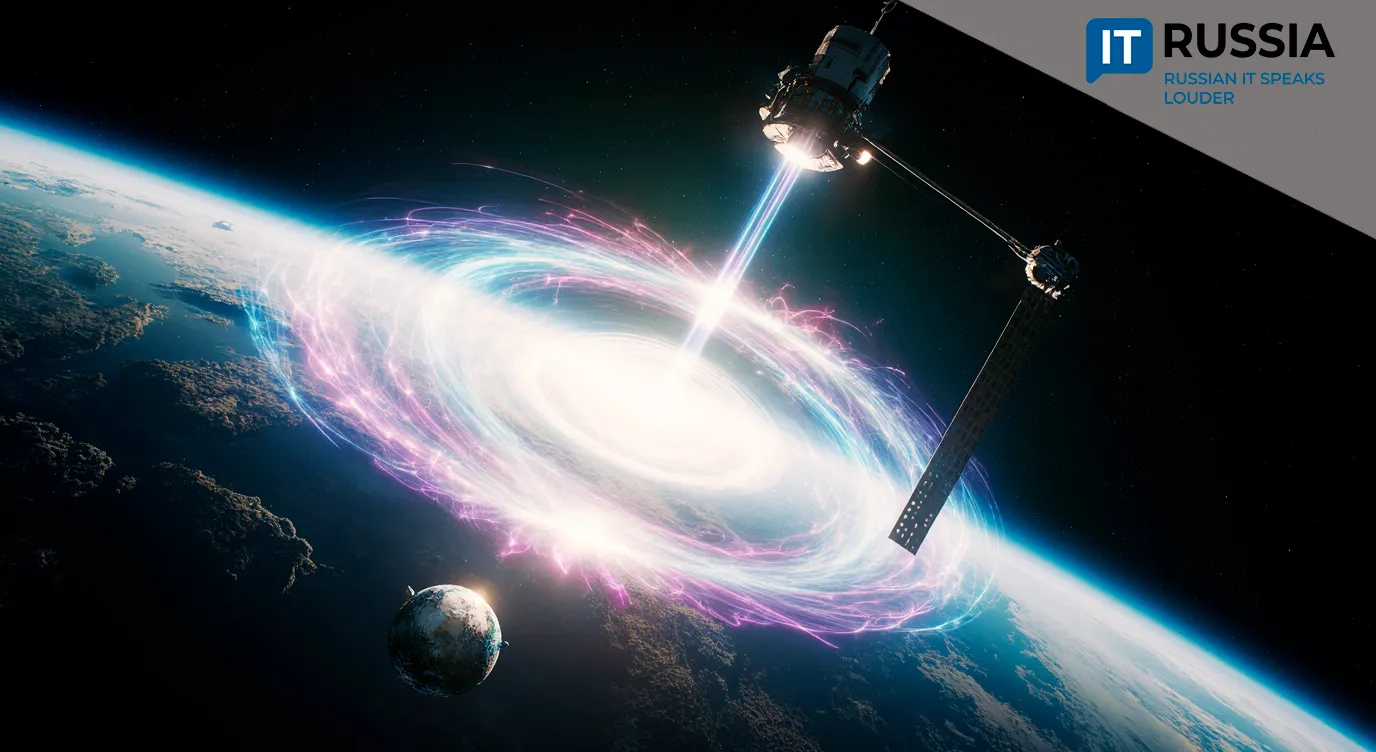New Space Wi-Fi: Russia Develops Breakthrough Technology for Ultra-Fast Inter-Satellite Links

Russian researchers at ITMO University have unveiled a new optical method that could dramatically boost inter-satellite data transfer rates, opening the door to next-generation space communications and global broadband coverage.
Solving a Fundamental Problem
One of the main challenges of inter-satellite communication has been limited data speeds. Current spacecraft exchange data using laser beams, but until recently speeds did not exceed 20 Gbit/s—impressive, yet far behind terrestrial fiber-optic networks, which can reach up to 100 Tbit/s.
Scientists at ITMO University have now found a way to generate multiple vortex laser beams, with each beam acting as a separate communication channel. This method marks a fundamental leap in space communications technology.
The approach uses optical angular momentum beams created through a technique known as the “optical orbital comb.” It allows simultaneous generation of multiple beams to carry data. Previously, implementing this required complex equipment such as optical modulators and metasurfaces.

Simpler, Smarter Implementation
Researchers at ITMO’s New PhysTech division developed a more practical way to generate vortex beams with different orbital angular momentum values. The breakthrough not only creates the orbital comb but also enables precise control over it, allowing interaction with each beam individually. This significantly improves encoding and transmission reliability, boosting both throughput and channel stability.
“Our approach uses strong nonlinearity as an optical conversion tool for recording data. We transform the initial vortex beam into a set of orbital states—the orbital comb—using a thin barium borate crystal,” explained Stanislav Baturin, lead scientist on the project. “The first converter lets us control which amplitudes appear in the beam after passing through the nonlinear crystal. By adjusting the source beam, we encode data into the comb’s amplitude structure.”

Expanding Potential
Although the current system is designed for space applications, the potential for atmospheric data transmission is significant. This could eventually enable high-capacity communication not just in orbit but also in terrestrial and airborne platforms.
“The next step is to create a demodulator—an instrument capable of separating the received optical signal into distinct channels by orbital angular momentum,” said Daniil Litvinov, a PhD student at ITMO. “Combined with the orbital comb generator, this would form a complete data transmission system.”
From Lab to Global Impact
The idea of using optical angular momentum to expand communication channels dates back to the 1990s, but technical hurdles kept it in laboratories. Russian research teams, however, have steadily advanced the field. In 2004, specialists at Bauman Moscow State Technical University worked on free-space optical equipment, and in 2010, the Institute for Information Transmission Problems of the Russian Academy of Sciences participated in hybrid laser-radio communication projects.
The ITMO breakthrough is the most decisive yet. If the technology is refined and deployed, it could transform not only Russia’s telecom industry but also the global satellite communications market. The innovation is expected to draw strong international interest, especially from countries struggling to provide connectivity in remote regions.

Russia may need another one to two years to complete laboratory tests and build prototype equipment for satellites. But once implemented, the country could position itself as a leading provider of ultra-fast satellite communications worldwide.










































